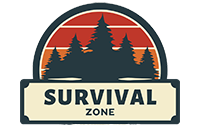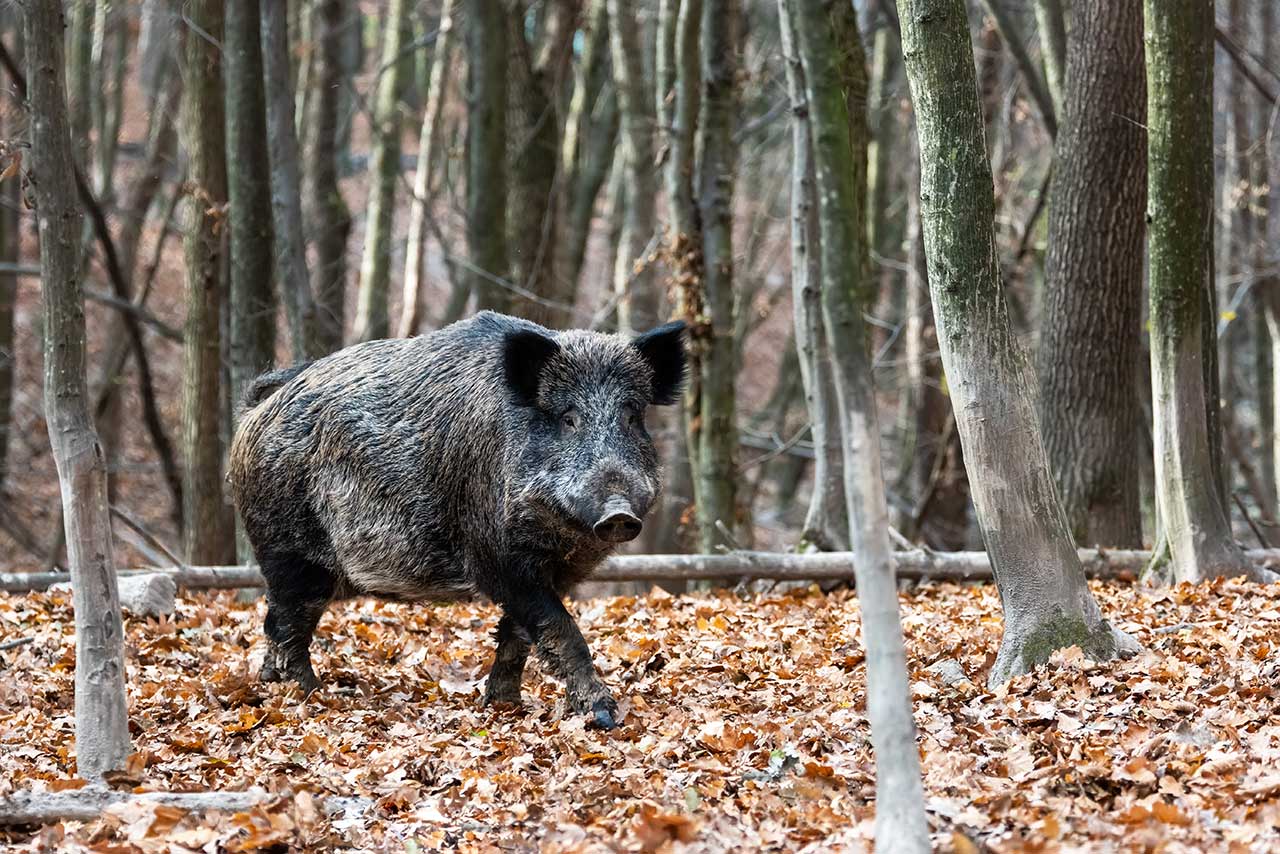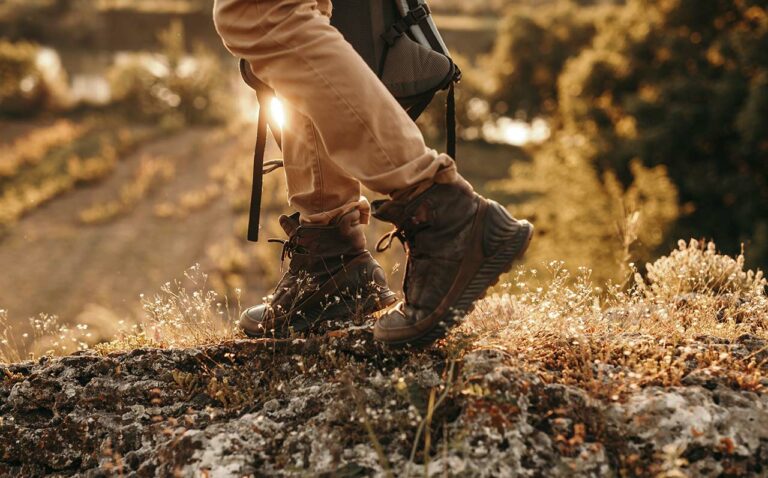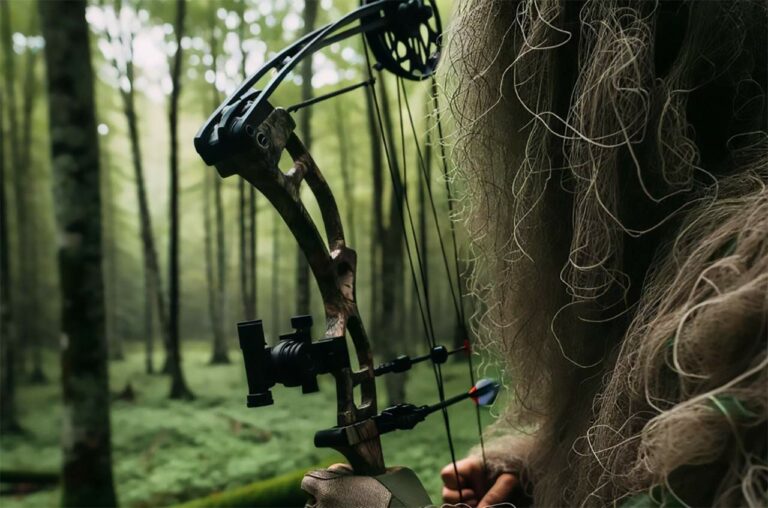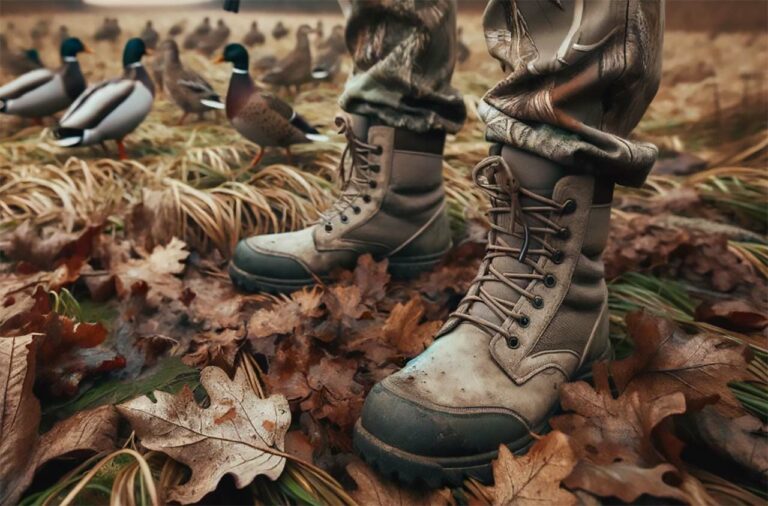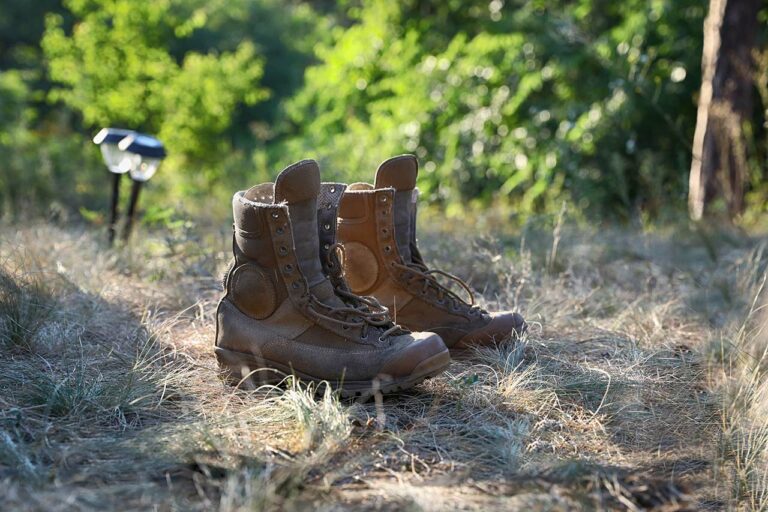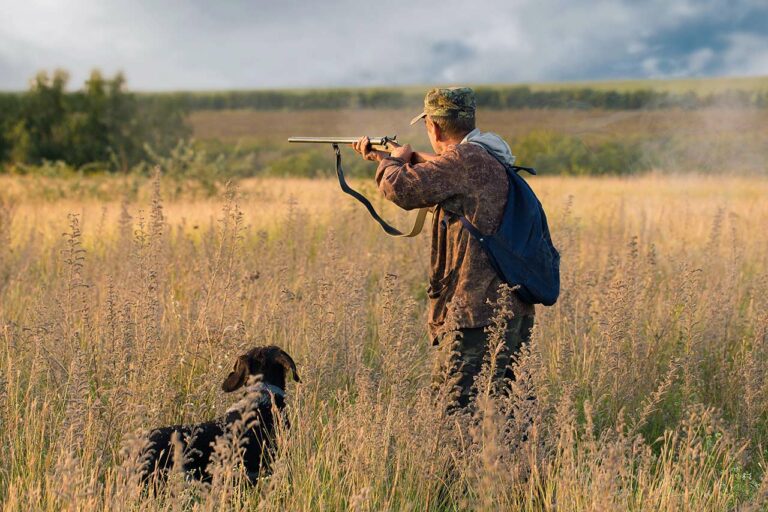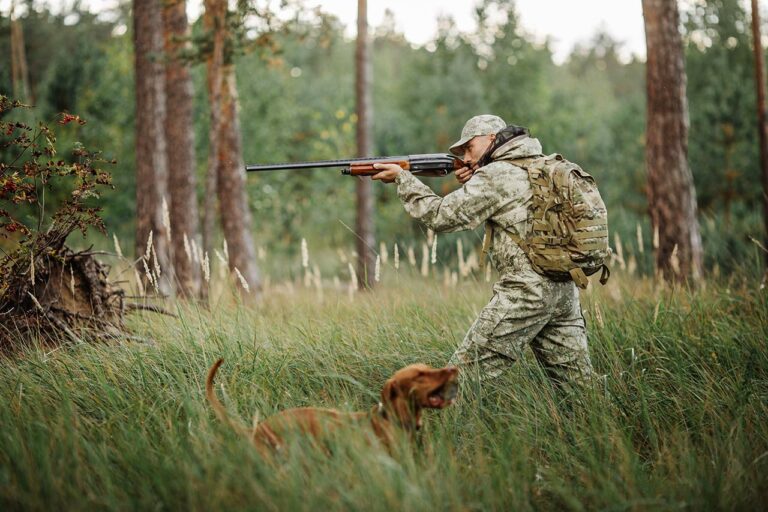Hog Hunting Tips For Beginners: Essential Skills And Strategies
Hog hunting has been gaining popularity across the U.S. for decades, and it’s currently at its peak. As a beginner, you might feel both excited and overwhelmed at the prospect of hunting wild hogs. Don’t worry, with the right tips and techniques, you’ll be able to start your hog hunting journey with confidence and success.
It all comes down to preparation. By knowing what gear to use, how to approach different hunting situations, and learning from the experiences of other seasoned hunters, you too can master the art of hog hunting, contribute to the management of this invasive species, and even fill your stores with meat.
Understanding Hog Hunting
Hog Hunting vs Regular Hunting
Hog hunting can be quite different from regular hunting, largely because hogs are intelligent and aggressive animals. While deer and other game animals tend to be more passive, hogs will not hesitate to attack you if they feel threatened. This, of course, means safety is one of the primary concerns when you’re ready to go hog hunting. It’s essential to be cautious during your hunt and make sure you’re properly equipped and prepared for the unique challenges that these animals present.
Regulations for Hog Hunting
Before embarking on a hog hunt, you must also make sure you’re on the right side of the law. Some states require general hunting licenses for hunting hogs, while others have more in-depth regulations in place. Since huntings regulations change over time, it’s crucial to check local regulations to avoid any legal complications during your hunt.
Hog Characteristics and Tracking
Basic Hog Characteristics
Feral hogs, also known as wild boars, are known for their dark, coarse hair and sharp tusks that they use for digging and rooting. The males, called boars, have larger tusks and are generally more aggressive than females, known as sows. Both boars and sows are highly adaptable, making them successful in a variety of habitats.
These large, intelligent animals can be challenging to hunt. They typically weigh between 100-200 pounds, but larger boars can reach up to 300 pounds or more.
Hogs also have strong senses of smell, which makes them difficult to approach without proper caution or being detected.
Tracking and Locating Hogs
When tracking feral hogs, it’s essential to be aware of signs that can help you locate their activity. Here are a few key indicators:
- Tracks: Hog tracks appear similar to deer tracks but are wider and rounder. Look for tracks along trails, near water sources, or in muddy areas.
- Wallowing: Hogs frequently roll around in mud to stay cool and protect their skin from insects. Keep an eye out for “wallows,” which are muddy areas near creeks and ponds.
- Rooting: Feral hogs are known for digging up the ground in search of food. Look for signs of disturbed dirt and uprooted vegetation.
Remember, it’s important to stay cautious and attentive when tracking wild hogs, as they can be aggressive if they see you first.
Best Practices for Hog Hunting
Time and Place for Hunting
Hogs are primarily nocturnal creatures, so nighttime hunting can be the most effective. Look for areas with abundant food sources, such as agricultural fields with corn and grains. Search for signs of their presence, such as rooting and uprooted soil.
Choosing and Setting Up Bait
To increase your odds of success, you can use bait to attract hogs. Corn is an excellent choice, as it’s a common food source for them. When setting up bait, scatter it in a designated area and keep replenishing it over a few days. This will create a sense of familiarity for the hogs, increasing the likelihood they will return to the baited area.
Be sure to avoid using rotten or spoiled bait, as, due to their keen senses of smell, this may deter the hogs from approaching.
The Right Equipment for Hog Hunting
Having the correct equipment is crucial for a successful hog hunt. Consider the following gear:
- Rifle: Choose a rifle that’s suitable for hog hunting, with enough power to take down these tough animals. Common choices are .308, .30-06, and .223 calibers.
- Ammo: Use the appropriate ammunition for your chosen rifle, with bullets designed for hunting large game.
- Optics: Equip your rifle with a night vision scope for better targeting during nighttime hunts, or a good-quality daytime scope for daytime hunting.
- Binoculars: A decent pair of binoculars can help you spot hogs from a distance, allowing you to plan your approach.
Hunting Lights and Visibility
Nighttime hog hunting requires extra attention to visibility and light management. When using artificial light sources, be cautious not to spook the hogs away. Employ red or green hunting lights, as these colors tend to be less alarming for hogs.
Considerations for Hunting the Hogs
Land and Licensing Consideration
Before you head out on your hog hunting adventure, ensure you have the appropriate permissions and licenses. If you’re hunting on public land, you’ll typically need a hunting license, though this can vary by state.
On private lands, it’s essential to get the landowner’s permission before hunting. Keep in mind, feral hogs root around crops and landscape, so landowners might even appreciate your help in controlling the hog population, as long as you ask.
Safety and Ethical Considerations
Hog hunting can be a dangerous sport, so you must prioritize your safety and maintain ethical hunting practices. The feral hog is an intelligent and aggressive animal, especially when cornered or when their piglets are in danger. Since they are a non-native species, their breeding rate and negative impact on native wildlife and crops have led to efforts to eradicate them. However, aiming for a headshot ensures a quick and humane kill, minimizing the animal’s suffering.
Keep in mind these crucial safety tips:
- Hunt with a partner or in a group for added safety
- Wear bright orange clothing to be easily spotted by other hunters
- Be aware of your surroundings and keep an eye out for aggressive behavior from the hogs
Negative Impact of Hogs
Feral hogs have a significant negative impact on the environment, agriculture, and native species. Their rooting and aggressive feeding habits damage crops and lands, resulting in substantial financial losses to farmers. As a hunter, by joining in hog hunting, you are not only enjoying a challenging hunt, but will contribute to controlling the destructive hog population.
Regardless of whether you’re on private or public land, just be aware of bag limits and follow proper hunting etiquette to preserve the ecosystem.
Advanced Techniques and Tips for Hog Hunting
Using Calls for Hog Hunting
Feral hogs are known for their aggressiveness, and using calls can be an effective way to lure them out into the open. Try mimicking sounds, such as piglets in distress and other noises you hear the hogs makes.
If you prefer to rely on a tool, you can use electronic calls or mouth-blown callers to accomplish the same thing.
Disguising Your Presence
Hogs have an excellent sense of smell, so it’s crucial to minimize your scent to avoid detection. Use scent-eliminating products, such as sprays and soaps, to mask your human scent, and position yourself downwind so your smell won’t scare the hogs away.
Camouflage clothing can also help you blend into the environment, but masking your body is less important than masking your scent. Hogs have a very strong sense of smell and hearing, but their vision is comparatively weak. To avoid visual detection, stay low and amongst shrubbery or tall grass.
Strategic Hunting – Ambushing and Location
To hunt hogs effectively, you should capitalize on their behavior patterns. Position yourself near bedding areas, water sources, and food sources, such as creeks, ponds, and feeders. Stick to downwind areas to avoid alerting the hogs to your presence through their keen sense of smell. Ambushing hogs requires patience and stealth; stay still and be prepared for sudden movements.
Hunting with Dogs
Using dogs is a popular and traditional method for hog hunting, adding an extra thrill to the experience. Dogs can track down hogs using their scent and help flush them out of hiding spots. Hog hunters typically use two types of dogs: bay dogs to locate and corner the hog, and catch dogs to grab and hold the hog until the hunter arrives. Popular breeds for hog hunting include American Pit Bull Terriers, Walkers, and Catahoulas.
Hunting in Different States
Popular locations for hog hunting include Texas, Florida, Louisiana, Arkansas, California, Alabama, Georgia, and even Hawaii. Southern Gulf states often have vast populations of wild hogs, making them ideal spots for hunting opportunities. Check local regulations and licensing requirements before heading out on your hog hunting adventure.
Frequently Asked Questions
What are the essential gear items for hog hunting beginners?
Before you head out on your first hog hunt, make sure you have the essential gear. Bring a reliable firearm, such as a rifle or shotgun, with suitable ammunition for hogs. You’ll also need a good-quality hunting knife for field dressing. Don’t forget safety equipment like shooting glasses and ear protection.
Camouflage clothing is important, as hogs have an excellent sense of smell and hearing. Wear scent-free boots and clothing to keep your scent to a minimum. Finally, pack a first aid kit, plenty of water, and a GPS or compass for navigation.
What bait attracts hogs the most?
Hogs are attracted to a variety of baits, but the most effective are those with strong scents. Corn mixed with fermented fruit or beer creates an irresistible smell to hogs. Other options include ripe fruits, vegetables, or commercial hog bait products. Place the bait in a trap or hog feeder and wait for the hogs to come to you.
Where is the best location to aim for on a hog when hunting hogs?
The best location to aim for on a hog when hunting hogs is the vital area behind the shoulder. This is where the heart and lungs are located, ensuring a quick, humane kill. For the perfect kill shot, aim at the lower one-third of the hog’s shoulder, as this increases the chances of hitting the vital organs. Avoid headshots, as hogs have thick skulls and a small brain, making it a difficult and less ethical target.
What are some effective hog hunting strategies?
There are several strategies for hog hunting, each with its own advantages. One popular approach is stalking, where you quietly move through the hunting area and look for signs of hogs, such as rooting, wallowing, or tracks. Make sure to move slowly, as hogs can hear and smell you from a distance.
Another effective method is using calls to mimic the sounds of hogs and draw them in. This can be done with a manual or electronic call, imitating sounds like feeding, mating, or distress calls.
Lastly, you can set up a stand or blind near known hog trails, water sources, or feeding areas. This allows you to wait for the hogs to come to you, offering a clear shot opportunity when they present themselves.
Wherever you decide to hunt, keeping your scent and noise level low and remaining patient will significantly improve your chances of success in the field.
